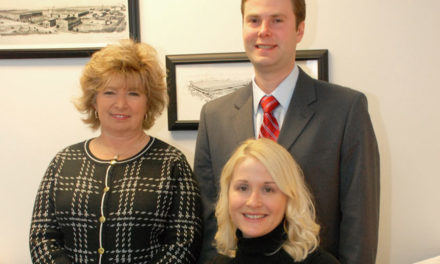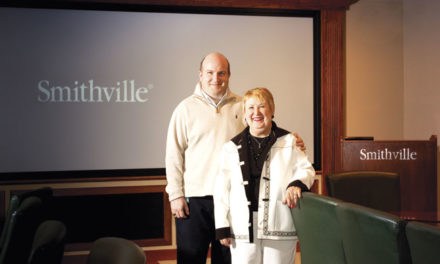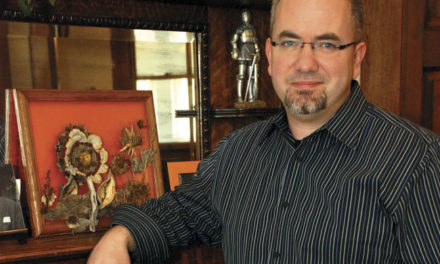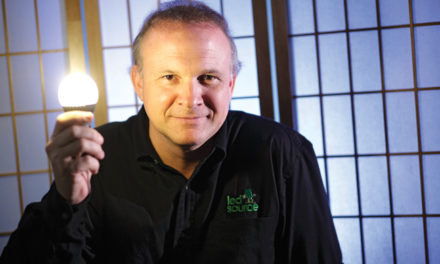
by PETER DORFMAN
Indiana University students may not know what goes on at the Indiana University Foundation headquarters on the Ind. 45/46 Bypass. But many of the things they do notice—campus buildings, public art, theaters and galleries, the funding for their scholarships and their professors’ salaries—are provided through gifts from private donors. And all private gifts come by way of the IU Foundation.
“The focus of the foundation is on helping the university maximize private support,” says Daniel Smith, foundation president. “We help the schools within IU secure the private funds they need to move their missions forward.”
Smith, a marketing professor and former dean of the IU Kelley School of Business, has headed the foundation for seven years.
Scholarships, new buildings, and faculty positions all fall within the IU Foundation’s scope. The financial aid office coordinates and bundles academic scholarships, but the foundation raises the funds. The foundation also partners with IU Athletics to fund athletic scholarships.
Donors cannot specify who receives their money—something Smith has felt compelled to make clear multiple times in light of the recent celebrity college admissions scandals.
Government, corporate, and foundation giving generally come through the Office of the Vice President for Research, Smith notes, sometimes in collaboration with the IU Foundation. For example, a $10 million Lilly Endowment grant funded creation of the Center for Rural Engagement, a vehicle for IU outreach into rural communities to address issues like unemployment and the opioid crisis. The foundation continues to raise funds for this effort.
The foundation is responsible for everything from “telefunds” to alumni—those annoying dinnertime phone calls—to eight-figure legacy endowments. It takes the foundation an average of 7.8 years to cultivate a relationship with a big donor, from first meeting to first check, Smith says.
The foundation’s staff of 250 includes estate attorneys who work with big donors, whose gifts may be cash, securities, or items like houses or historical artifacts. A pipe organ brought over from Europe and housed in the Indiana Memorial Union was one such gift.
In November 2019, the IU Sidney and Lois Eskenazi Museum of Art, a major Bloomington attraction which closed for two years for renovations (all funded by private gifts), will reopen. “Private giving has changed the university in very public ways,” Smith says. “The museum is a good example of that.”







